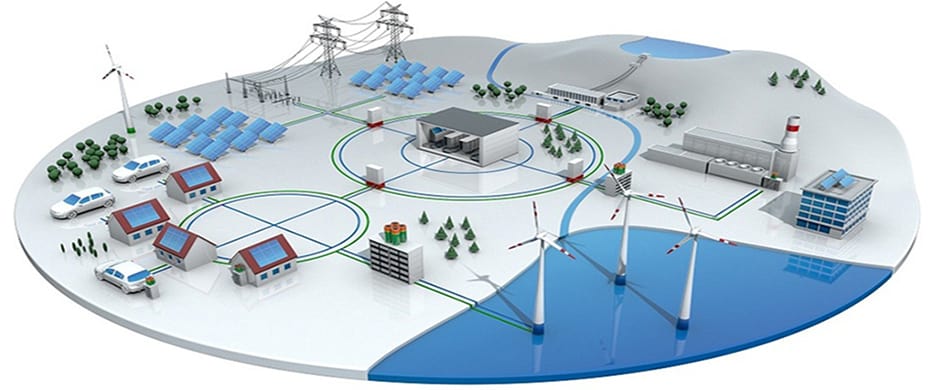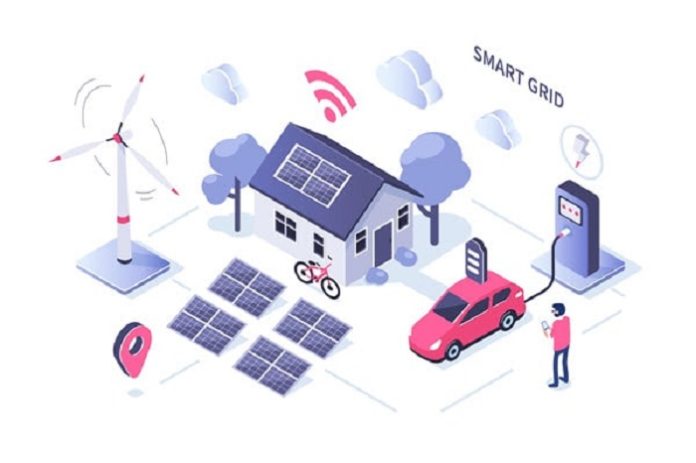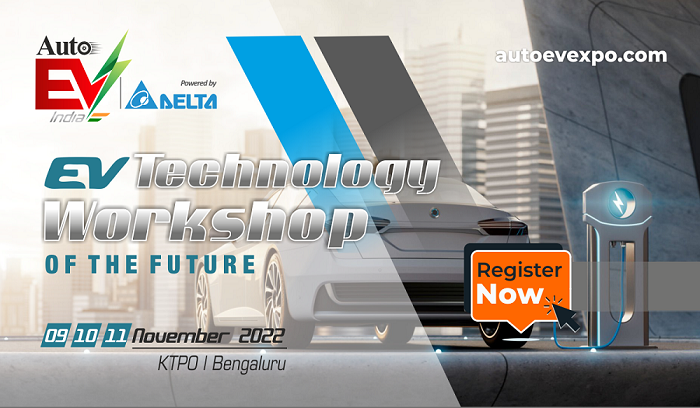Smart TVs, smartphones, smart homes… today, it seems every piece of technology needs the word “smart” in front of it to be viable. But what about our 50-year-old power infrastructure systems? Do they need to be “smartified” too? The media consensus seems to be “yes”.
Talk of smart grids is everywhere and has been for a few years. But what exactly is a smart grid? What are the risks and what are the rewards? And why should engineers care?
At its most basic, a smart grid is an electrical grid, beefed up with a variety of sensors to measure operational and energy efficiency. All these sensors and measuring tools, combined with information and communication technology, get bundled up into a high-tech system. The high-tech system allows for varying degrees of automation, electronic power conditioning, and control of electricity production and distribution.
This, in turn, translates into big energy savings, which is good not only from a conservation perspective but also from a quality-of-life perspective for those looking to cut back on their electricity bills. Indeed, some estimates claim consumers could save nearly $600 USD per household per year and cut down on energy consumption by 5-10 percent.
Smart grids are not just the purview of governments and giant corporations, either (though the term was first defined in the Energy Independence and Security Act of 2007). Consumers have been jumping on the smart grid bandwagon for at least a decade, by investing in products for their smart homes, from sleek-looking thermostats to solar.
Being able to put sensors around our homes that can alert us to energy inefficiencies is putting power, quite literally, back into our own hands, letting us know not only how much we’re consuming and whether we can be more efficient, but also what we’re paying in real-time. This energy awareness and “two-way” communication allow consumers and producers of electricity to track data and usage and is a huge factor in the smartening of our electrical grids.
The whole system, from energy generation to energy consumption, can now be quantified, measured, analyzed, and tweaked based on the intelligence and data being gathered at various points in the chain. So significant are the benefits that the Department of Energy proposed an investment of $3.5 billion USD for the decade between 2016 and 2026 to improve smart grid technology. Interestingly, out of the top 150 smart grid technology vendors, over 75 percent are US-based.
“Smart grids are important because they help to ensure the reliable delivery of electricity while also reducing emissions and improving energy efficiency,” said engineer Sam Cohen, who is also CEO of Energy Solutions. “What makes them better is their ability to self-heal, isolate problems, reroute power and manage demand through dynamic pricing.”
“Smart grids mean improved efficiency, more reliability in the constant electric supply, integration of the renewable sources to form a network, supporting the usage and the progression of electric vehicles, and more optimization in electricity consumption,” added Steven Walker, a network engineer who believes smart grids are the only grids we’ll have in the future.
According to the electrical engineers at UC Riverside, “a smart grid can help reduce greenhouse gas emissions by up to 211 million metric tons and is much more reliable than a traditional grid.” It also helps to integrate multiple renewable energy sources like wind, hydro, and solar with other more old-school energy solutions, and by doing so, encourages more reliance on these renewable energy sources.

As well as it is good news for the planet and people’s wallets, another helpful factor is that smart grid systems tend to be a lot more robust and are self-diagnosing and self-healing. Indeed, one of the biggest advantages of smart grids is that even when faced with power grid failures, disturbances, or even catastrophes, they can still mostly ensure power supply capacity to users, through smarter allocation based on real-time data.
Instead of a domino effect where an outage could lead to extended blackouts and failures in all kinds of systems from traffic to security to heating, a smart grid system could re-route power automatically and safely to where it’s most needed, minimizing disruption. A good smart grid could have alleviated a lot of the issues seen in places like Texas in the winter of 2021 and 2022, or New Orleans after Hurricane Katrina.
The various sensors and machine learning technology built into a smart grid can continuously monitor and analyze data, changing the behavior of the grid dynamically, based on real-time detection and assessment, which is great news for early warning and preventative control capabilities, for automated fault diagnostics, fault isolation, and system self-recovery capabilities.
In less dramatic situations, smart grids can also highlight and help to eradicate inefficiencies through monitoring and automatic processes which reduce power grid losses and improve energy efficiency. Energy usage trends can be more easily tracked and made transparent (see: why is everyone using their washer/dryer at 6 pm on a Thursday night?), and a smart grid could even potentially switch off devices or appliances that shouldn’t be running at specific times, potentially saving consumers a chunk of change. Smart grids are basically a high-tech version of everyone’s dad, going around switching off lights and unplugging appliances.
That same pro is a con to some though, who find it scary and intrusive that a system could have this level of control over things in your home, not to mention the data collection and privacy concerns. Most see it as a small price to pay for the energy and cost savings, however.
Other arguments in favor of smart grids include the fact that they also make it much easier to aggregate and use energy from renewable energy resources, shifting the balance of power away from big, centralized power plants to a more distributed model of microgrids, including smaller energy resources, like wind turbines, solar farms and hydroelectric sources. These do not only meet people’s diversified power needs but also support value-added services.
The usage of smart grids also works to prevent electricity theft and reduces electricity loss in transmission and distribution. There are also fewer maintenance costs and less chance of sudden equipment failures.
On the cons side, replacing analog infrastructure and equipment is costly and time-consuming. There’s also a lack of regulatory norms for technologies in smart grids and a lack of official documentation of the installation procedures, which can lead to confusion and fragmentation. Also, the high-tech nature of the smart grid requires more skilled workers who invariably cost more. Then again, it also creates many more jobs, which is a good thing.
The Critical Role Engineers Play in Smart Grid Technologies
“Design engineers play a critical role in developing and implementing smart grid technologies. As a design engineer, you need to have strong analytical and problem-solving skills, as well as experience with power system analysis and design. The pros of working in this field include the opportunity to make a real impact on the future of energy delivery, as well as the potential for high earnings. The cons include long hours and complex work environments,” said Cohen.
“Engineers who plan to work on smart grids need to possess some skills like MATLAB programming, electric utility analysis, Linux, GIS, outage management, demand response, and infrastructure management,” said Walker, adding that they should also be moderately knowledgeable in all these categories to carry out their tasks without failure.
In addition, smart grid technology will require an uptick in security experts, since the usage of any networked system is prone to security issues like malware attacks.
Conclusion
Despite people’s privacy concerns about how their data is collected and used and the threats of outside attacks on the smart grid system, the technology’s pros still seem to significantly outweigh the cons. And in days when energy and the cost of energy are on everybody’s minds, increasing the efficiency of a system can only ultimately be a good thing.
Mouser Electronics – a wholly-owned subsidiary of Berkshire Hathaway Inc. – is one of the industry’s fastest-growing global catalog and online semiconductor and electronic component distributors. Mouser is a company dedicated to supplying design engineers and buyers with the newest products and leading-edge technologies combined with unsurpassed customer service and worldwide support. With a keen focus on design engineers and buyers demanding the latest products, Mouser is redefining customer-focused distribution.
Courtesy: Mouser Electronics









